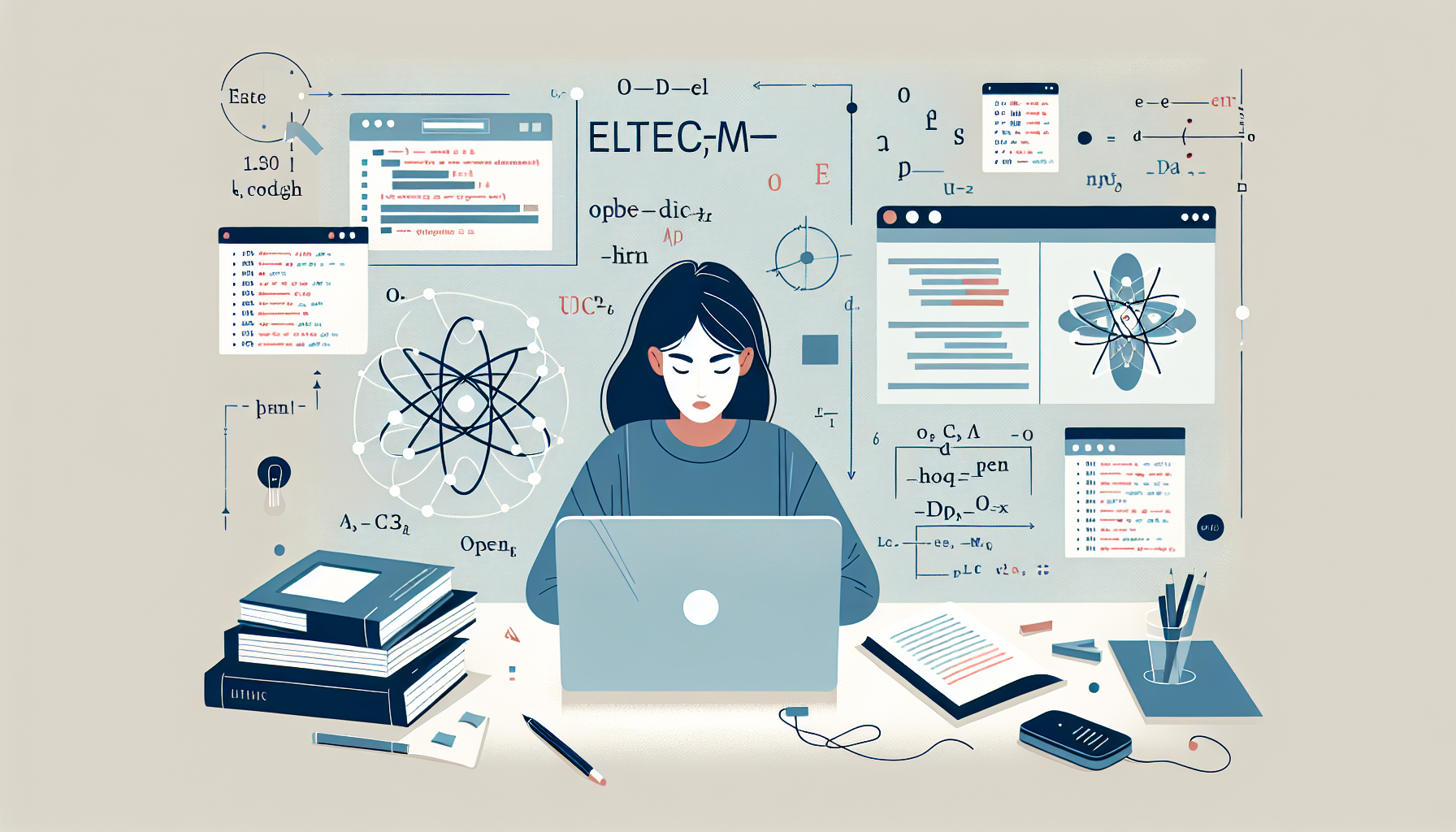Strategies to master physical chemistry concepts are crucial for eager STEM students. Many struggle with abstract ideas and intense problem sets. Discover practical approaches for tackling these challenges and boost your confidence in physical chemistry classes.
Mastering Complex Concepts Through Interactive Learning
Understanding physical chemistry can often feel like cracking a complex code, but interactive learning methods can make this challenge more approachable. By using digital tools that provide real-time simulations and visualizations, students can gain a better grasp of abstract chemical concepts. For example, manipulating molecules in a virtual lab allows learners to observe the immediate effects of their actions, reinforcing theoretical knowledge through practical application.
Interactive Tools to Aid Understanding
Resources such as online platforms and apps can provide interactive problem-solving exercises that cater to different learning styles. Interactive quizzes with instant feedback can be particularly effective, helping students identify areas for improvement in a supportive environment. Additionally, collaborative tools enable discussion with peers, enhancing conceptual understanding through shared insights.
Leveraging these technologies, students are no longer passive recipients of information. Instead, they actively participate in building their knowledge, turning challenging topics into opportunities for exploration and deeper learning.
Exam Strategies To Excel In Physical Chemistry
Excelling in physical chemistry exams requires a balanced approach of smart study techniques and efficient time management. Start by understanding the core concepts instead of rote memorization. Use resources like flashcards and mind maps to reinforce key ideas and their connections. Breaking down problems into smaller, manageable steps can simplify complex topics during revision.
Practice with Past Papers
Engage in active learning by solving past exam papers. This helps familiarize yourself with the exam format and types of questions. Regular practice will boost your confidence and highlight areas needing improvement. Always review your answers to identify mistakes and avoid them in the future. Collaborate with classmates for mutual learning benefits, sharing strategies and explanations.
Allocate specific time slots for each section during the exam using a time management plan. Start with questions you find easier to build confidence, and leave more challenging ones for later. Monitor your time to ensure you tackle all questions within the exam duration, maximizing your scoring potential.
Aligning Course Materials For Maximum Understanding
Achieving a deep understanding of physical chemistry often depends on how well course materials align with personal learning needs. Start by reviewing the syllabus to identify core topics and allocate study time accordingly. Use a variety of learning resources like textbooks, videos, and interactive modules to address different aspects of the subject.
Utilizing Different Learning Formats
Integrate visual aids, such as diagrams and charts, to translate complex concepts into easier forms. Online videos or simulations can demonstrate chemical reactions in an engaging way. By using these varied formats, you can enhance your grasp of difficult material.
Discussing concepts with classmates or forming study groups can further enhance understanding. Sharing notes and explaining topics to peers reinforces learning and uncovers new insights. Keeping your course materials organized and easily accessible will also help optimize your study sessions, ensuring that important information is never out of reach.




